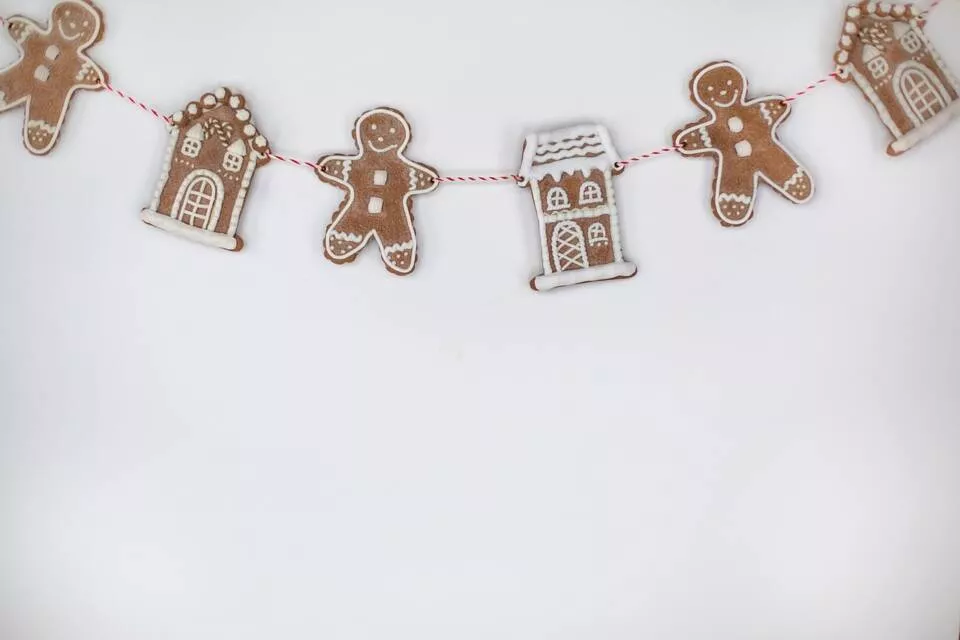Laura Eastlake, Edge Hill University
’Tis the season when supermarket shelves fill with selection boxes and tubs of chocolates that shrink a little more with each passing year. But despite Christmas “shrinkflation”, our festive love of sweets has endured for hundreds of years and shows no sign of abating.
From cards and crackers to ghost stories by the fire, we often think of the Victorians as having invented Christmas as we know it. Indeed Victoria, like many of her subjects, was partial to Christmas sweets.
As a young queen in 1839, she recalls a boisterous Christmas dinner that ended in “fun at dessert with all sorts of curious figurines filled with bonbons” and “crackers”. These were not yet the explosive novelties we know today, but paper tubes specifically designed to contain sweets.
Where sugar had for centuries been a luxury of the very wealthy, used in small quantities as a spice, medicine and an indulgent treat, the Victorian period witnessed a shift that established sweets as a staple of the festive season across all parts of society. Rapid industrialisation from the 1830s meant that sweets could be produced for the mass market on an unprecedented scale, and prices were driven down accordingly.
Companies such as Fry’s, Cadbury and Rowntree set up sprawling factories “which pour forth the chocolate and cocoa at the rate of several tons per day”, as one paper commented. These factories not only produced cocoa but recognisably branded and packaged confections, all competing to be the product of choice for Christmas consumers looking for the perfect gift. Here are some of the most popular festive treats of centuries past, from familiar favourites to the downright dangerous:
1. Sugar plums
Sugar plums were some of the most widely produced sweets of the 19th century. These were not sugar-coated plums but a hard candy coating usually containing a nut or seed. They were also the sweets most commonly associated with Christmas, from the children in The Night Before Christmas who “nestled all snug in their beds, while visions of sugar plums danced in their heads” to the Sugar Plum Fairy of The Nutcracker.
In the early decades of the 19th century, indulging your sweet tooth with sugar plums was not without its risks, though. Some producers would rely on toxic ingredients to give these sweets brilliant colours.
Vivid greens were produced with copper arsenite, yellows with lead chromate and bright reds with mercury-laden vermillion. Food safety laws from the 1860s banned the use of these dangerous ingredients and sugar plums continued to be the Christmas treat of choice for generations to come.
2. Chocolate cigars
“Christmas is coming on,” lamented one journalist in 1887 “and, at that festive season there are unlimited orgies, it seems, among infant Britons in the way of chocolate cigars.” Made from layers of chocolate and sugar rolled to resemble a cigar, these treats were produced at a rate of more than 30,000 a day.
Though candy cigars and cigarettes have long fallen out of fashion today to prevent the glamorisation of smoking among children, the Victorians already had their doubts about chocolate cigars. In the early days of production, these sweets were tipped with Dutch metal – a form of brass that was used to give the impression of a glowing cigar tip. This had to be replaced with coloured sugar after it was found that children were choking on the Dutch metal and “the sugar, though not so realistic, is much safer and certainly more toothsome”.
3. Chocolate creams
The Fry’s chocolate company was founded in the mid-1700s and its iconic chocolate creams – fondant centres enrobed in chocolate – have been a staple of Christmas since the mid-19th century.
Fry’s employed hundreds of workers, often women, in their Bristol factory to make and package chocolate creams. “Christmas would be robbed of much of its pleasure were J.S. Fry & Sons’ delicious assorted chocolates eliminated from our presents,” one reviewer wrote in 1911. Whether your taste runs to strawberry, orange or coffee varieties, you’ll likely find the descendants of these Victorian chocolate creams in your tub of Christmas sweets this year.
4. The selection box
As the Victorian era drew to a close, style columnists began to notice a disappointing trend among the more fashionable gift-givers at Christmas:
I suppose it is a sign of our decadent times that, when one’s men friends … want to be very civil, they send cigarettes nowadays, instead of the former sweet and childish chocolate.
While the first world war would limit access to sugary confections even further, with sugar among the first foods to be rationed in 1918, the trend for Christmas sweets would hit its stride once again in the 1920s and 30s. Rowntree developed its luxurious “selection box” in 1925, which was designed as a decadent treat and cost up to 10 shillings. The first tins of Quality Street and Cadbury’s Roses hit the shelves in 1936 and 1938 respectively, tempting shoppers with their jewel-like wrappers and varied flavours.
Our love of Christmas confectionery may be as strong as ever but, like the Victorians before us, we continue to grapple with the various problems thrown up by our national sweet tooth. Though we no longer need to worry about lead-laced sugar plums, we must confront the challenges of mass sugar consumption for our health and the problems of all that fancy packaging for our environment.
Laura Eastlake, Senior Lecturer in English Literature, Edge Hill University
This article is republished from The Conversation under a Creative Commons license. Read the original article.
Stay updated with all the insights.
Navigate news, 1 email day.
Subscribe to Qrius

